Why Stacked Necklaces Should Be Fun, Not Frustrating
Layering necklaces can transform any outfit, yet nearly half of people who wear them report frustration with tangles and uneven chains. The joy of mixing textures and charms shouldn’t be ruined by knotty clasps and midday fidgets. This guide aims to make stacking simple, stylish, and calm.
You’ll get quick, practical strategies: smart length choices, clasp and chain pairings, hands-on assembly tricks, storage tips for travel, and fast fixes for snarls. Each tip is designed to save time and keep your look intentional. By the end you’ll feel confident building stacks that sparkle—not tangle—and easy to maintain day after day. Wear them solo or layered—either way, enjoy your curated shine every time.

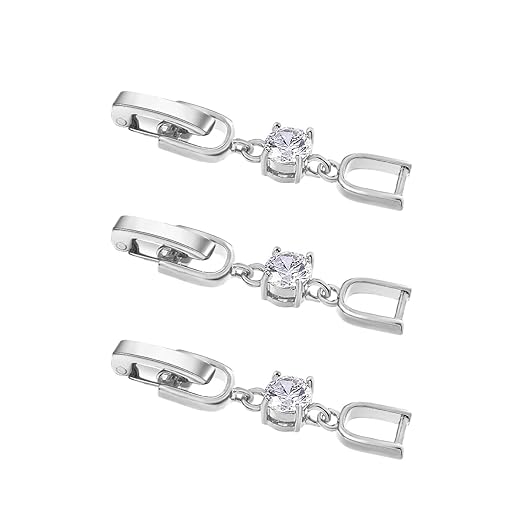
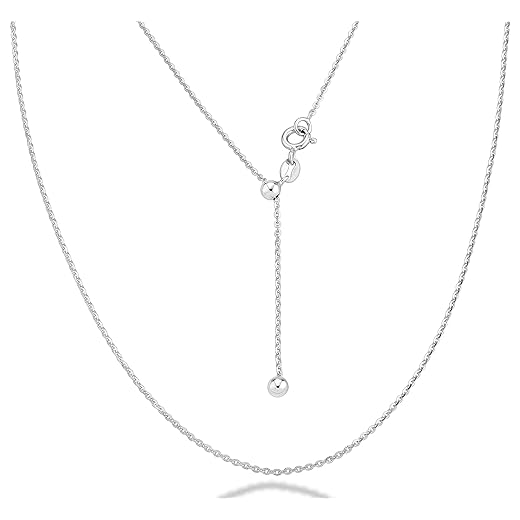
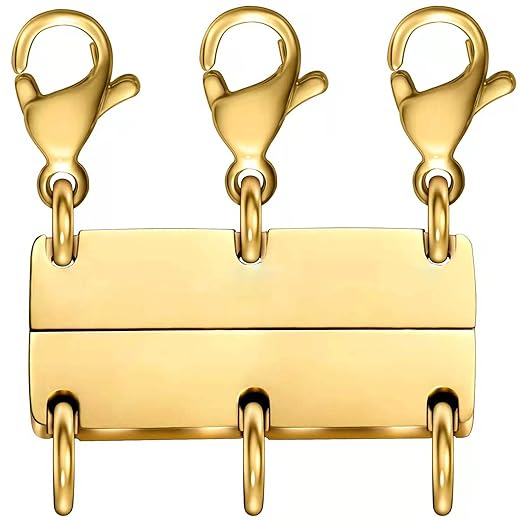
Essential Tools and Prep: What You Need Before You Start
Quick toolkit — what to have on hand
Start with a handful of small, inexpensive items that dramatically reduce tangles and speed staging:
Where to place the product example
If you want an easy extender option you can clip on fast, consider additions like foldover extenders that add security to delicate chains.
DIY substitutes and practical prep
No budget? Use straws sliced lengthwise as tubing, paperclips bent into tiny hooks as spacers, or a standard safety-pin pinned to a camisole to pre-stage layers. For travel, roll necklaces individually in tissue paper inside a pill case.
Prep each necklace — do this every time
Lay each piece flat, untwist any kinks by rolling it between your fingers, check that the clasp springs cleanly and that jump rings are closed. If a chain is prone to snags, add a 1 cm cut of tubing near the clasp — instant anti-tangle.
A simple night-before routine (pre-stage on a hook or pinned to a shirt) turns morning layering into a two-minute, snarl-free habit.
Layering Principles: Lengths, Proportions, and Visual Flow
Staggered lengths: the simple math
Think in tiers: short (collarbone), mid (sternum), long (above/below bust). A classic, snarl-resistant stack uses three different lengths so chains sit on distinct planes. Practical starting points:
These ranges let you create 1–2″ of visible spacing between strands — enough breathing room to avoid overlap while keeping the set cohesive.
Spacing and visual weight
Chain thickness, texture, and pendant size determine visual weight. Rules of thumb:
Necklines and body proportion cues
Match length to neckline: crew and boat necks favor short-to-mid layers; V-necks pair beautifully with a mid + long combo that echoes the V. Plunging necklines welcome a dramatic long pendant as a focal point. For shorter necks, keep the top layer close (14–16″) and avoid many long pieces; longer necks can carry longer tiers. Broader chests benefit from wider spacing between strands to prevent visual crowding.
Plan the order on your body
Assemble on top-down: put the longest necklace on first, then layer upward, fastening each before adding the next. This keeps clasps accessible and prevents crossing. Use a spacer bar or a small extender to nudge a chain 1″ longer if two pieces threaten to meet. A quick mirror check and a gentle tug on each strand will reveal crossings before you step out.
Choose the Right Chains and Clasps: Materials That Play Nice Together
Quick chain primer: who tangles and why
Different chains behave like different personalities in a stack. Quick comparisons:
Real-world tip: a friend who wore three ultrafine cables found they braided on flights — swapping the middle for a thin box chain solved it instantly.
Clasps: pair for security and ease
Match clasp style to chain behavior and your lifestyle:
Practical pairing: use a lobster or spring ring on fine cable chains; reserve toggles and heavy lobster clips for curb/rope anchors. If you love magnets, combine them with a secondary safety clasp.
Finish, stiffness & pairing strategies
Polished finishes slide more (good for layered movement); matte/textured finishes add friction and reduce slipping. Stiffer chains (box, curb) make reliable middle or bottom layers; float delicate cables between them. Pair a bold, chunky chain with one or two fine lines to balance weight and minimize contact points where tangles form. Small changes—switching a center cable to a box—often eliminate snags without changing the look.
Next up: practical assembly techniques that make these pairings effortless to put on and keep tangle-free.
Assembly Techniques: How to Put Necklaces On Without the Snarl
Start smart: order matters
Fasten in the order that matches the pieces and your dexterity.
Pick the routine that feels easiest — I once avoided a tangle by habitually clipping the smallest clasp at my collarbone first.
Double-clasp and anchor hacks
Use one anchor to control multiple chains.
Walkthroughs — visualized, text-only
Three-layer stack (pendant + two chains)
- Put the longest pendant over your head; clip its clasp behind neck.
- Clip the middle-length chain next, letting it fall naturally.
- Finish with the choker/shortest piece. If two clasps are small, clip them together on one jump ring and fasten once.
Mixed-length charms with mixed clasps
- Attach shorter spring-ring chains to a larger lobster using a split ring.
- Clip the lobster at your neck; unclasp the split ring later to separate when storing.
Spacers, separators & quick fixes
Small habits — anchoring, grouping clasps, and using spacers — turn a frantic morning into a five-minute, snag-free ritual.
Storage and Transit: Keeping Stacks Snag-Free When Not Worn
Dedicated at-home storage
Prevent tangles before they happen by giving each chain its own space. Good options:
Choose a shallow tray for frequently worn stacks (easy grab-and-go) and a hanging or roll option for longer chains that benefit from gravity. Acrylic trays show what you own at a glance; velvet prevents sliding.
Travel-ready packing strategies
Small habits make travel stress-free:
For air travel, a travel case with removable foam inserts prevents movement; for city trips, a compact roll works well in a carry-on.
Selective storage habits
Be intentional about what stays assembled:
Maintenance and periodic checks
Every few months, lay stacks flat and:
Next up: quick, everyday fixes and smart detangling techniques to rescue a knot without a meltdown.
Fixes and Quick Hacks: Detangling, Repair, and Smart Shortcuts
Stepwise detangling on a flat surface
- Lay the stack on a clean, well-lit flat surface (white towel or felt works best) so knots are visible and pieces won’t slip.
- Anchor one end with a small weight (clip or paperclip). Work from the center of the knot outward, not by yanking the ends.
- Use a magnifier, a pair of fine tweezers, or two straight sewing needles to tease threads apart—insert needle tips at opposite sides of the knot and gently wiggle until the knot relaxes.
- If a knot is stubborn, add a tiny drop of baby oil or mineral oil with a toothpick to lubricate links; let it sit 30–60 seconds, then tease again. Clean oil off afterward with warm soapy water and dry thoroughly.
Precision tools and safety tips
When lubricants and cleaning warnings apply
Quick styling shortcuts & small repairs
Do’s and don’ts
Ready for the final polish? Move on to wearing your stack with confidence.
Wear Your Stack with Confidence
Start by gathering the right tools—soft cloths, slim clasps, and a few jump rings—then plan your stack by varying lengths, widths, and weights for balanced flow. Favor complementary metals and secure clasps, and assemble necklaces using simple tricks like safety pins, clips, and layered clasping to avoid snags. Store stacks flat or separated in pouches, and carry a tiny repair kit for on-the-go fixes.
Practice detangling with patience, a drop of oil, and fine needles when needed. Experiment boldly with combinations, keep a handful of reliable techniques handy, and wear your layered looks confidently every day and enjoy the process.
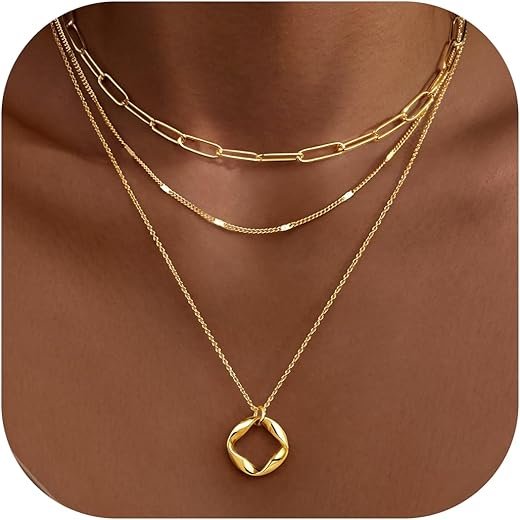
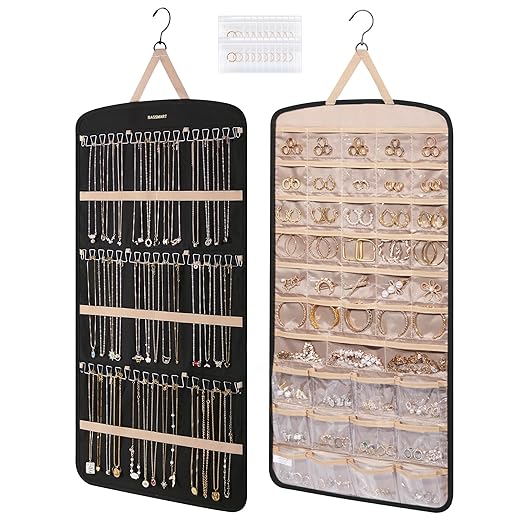
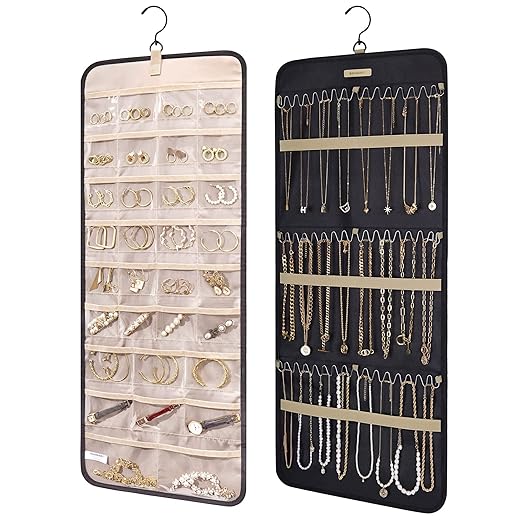
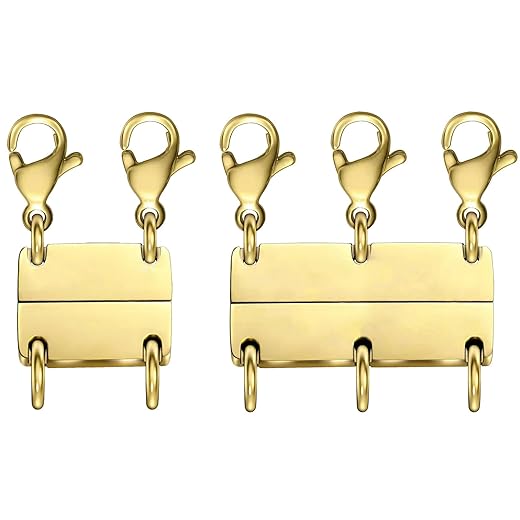
Leave a Reply